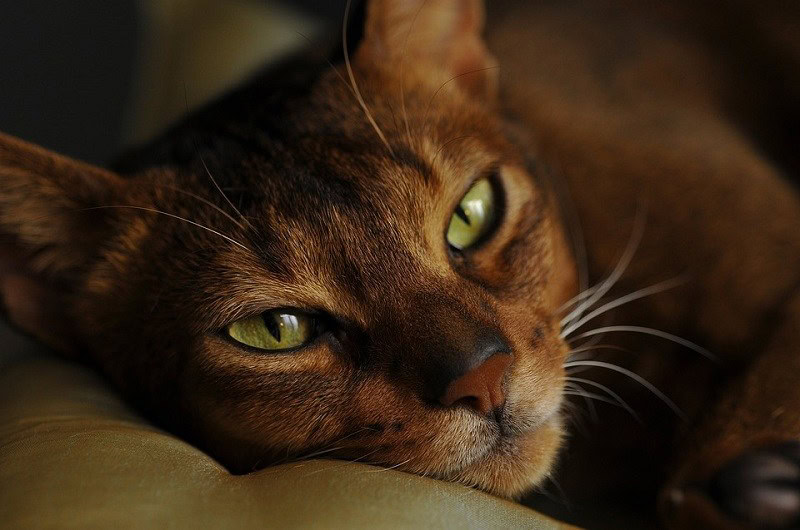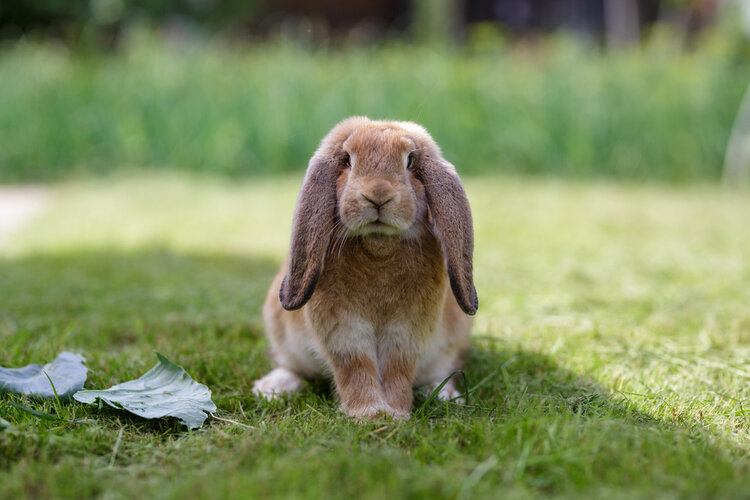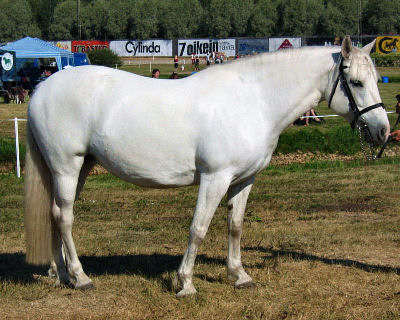VET APPROVED

The information is current and up-to-date in accordance with the latest veterinarian research.
Learn more »Click to Skip Ahead
Is it true that some cat breeds live longer than others? Yes! While some can live for more than 20 years, others will rarely live beyond 8 to 10 years. We all wish our pets were immortal, but we also need to be prepared for the fact that they aren’t, so it helps to be aware of the average expected lifespan of the kitty you have.
Although we cannot predict accidents or certain illnesses, we can look at the statistics of feline lifespans and the incidence of certain diseases for each breed to get a more accurate idea of how genetics can play a role in how long our cats may live. We can use this information to better prepare ourselves for the future, and know what sort of problems and health issues we need to be on the lookout for.
History of Cat Domestication
Cats are often described as having “domesticated themselves” by infiltrating early human civilizations as early as 10,000 years ago, where they performed the much-needed role of controlling vermin in exchange for food scraps and shelter. By around 2000 B.C.E., cats were being worshiped as deities by the Egyptians and started spreading throughout Europe 2,000 years ago.
Until the mid-20th century, the majority of cat breeds were derived from 16 “naturally occurring” varieties, with most being the result of selective breeding that has occurred over the past 70 years or so. With only a few unfortunate exceptions, cats have been largely spared the more extreme alterations of form and function that plague our dogs, and as a result, there is not a lot of variation in feline lifespans. However, as you will see, certain breeds have inherited certain traits and diseases that may result in shorter lives.
While some cats have been known to live into their late twenties, the average lifespan of an indoor cat is around 12 to 18 years, with outdoor cats having much shorter lives by comparison.
Below, we have compiled a list of 15 breeds of cats with the shortest lifespans.
The 15 Cat Breeds With the Shortest Lifespans
1. Sphynx
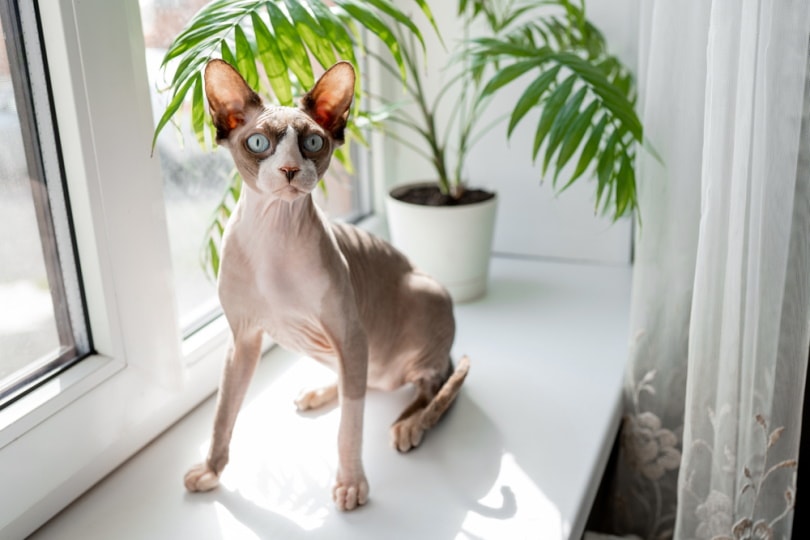
Lifespan:
8-14 years
Coat length:
Hairless
Temperament:
Affectionate, bold, social
Health Issues:
Skin disease, temperature regulation problems, hypertrophic cardiomyopathy (HCM), hereditary myopathy
As if its hairlessness isn’t conspicuous enough, the Sphynx finds satisfaction in being the center of attention. Its origin can be traced to Ancient Egypt, but it has been bred in North America. The cat has a bold personality and is full of life.
2. Maine Coon
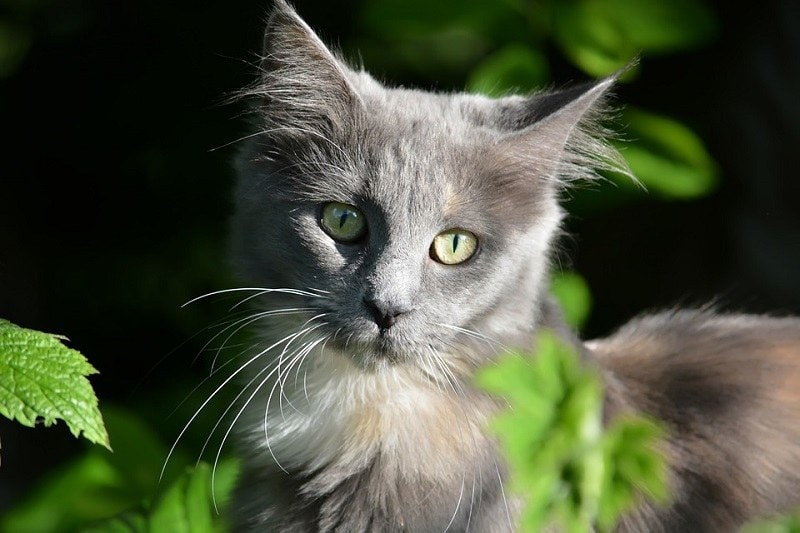
Lifespan:
9-13 years
Coat length:
Long
Temperament:
Affectionate, social
Health Issues:
Hypertrophic cardiomyopathy (HCM)
The Maine Coon comes out as good-natured and a lover of people without being overly needy. Its free-spirited personality allows it to mingle with kids and even other cats. No wonder it handles things graciously. It adapts well in the winter season since it has a thick coat and can wrap its tail around the body.
3. Ocicat
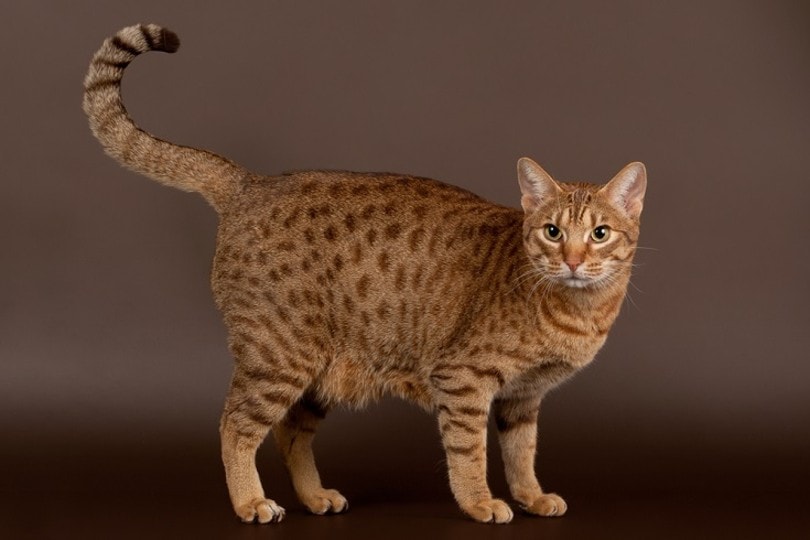
Lifespan:
10-15 years
Coat length:
Short
Temperament:
Social, loving
Health Issues:
HCM, amyloidosis, pyruvate kinase deficiency
The impeccable dotted fur isn’t all your Ocicat. The patches make it look like a small leopard. There are 12 different color strands of the Ocicat, such that even the fussiest cat enthusiast will have something to adore. Some of its defining characteristics include being people-friendly, devoted, and a quick learner. However, they are quite clingy, so you might want to leave them under someone else’s custody if you’ll be out for long.
4. Manx
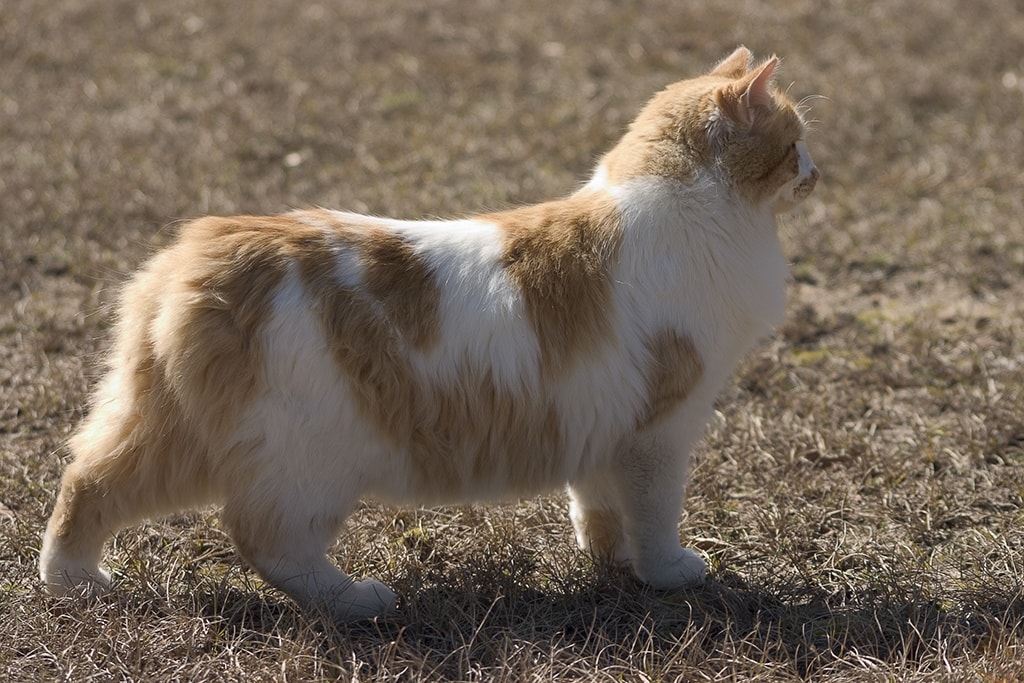
Lifespan:
8-14 years
Coat length:
Short or long
Temperament:
Affectionate
Health Issues:
Manx syndrome – spinal issues causing urinary and fecal incontinence, hind limb weakness or paralysis, and megacolon
This cat is known for its lack of a tail, although they can have no tail, a bobtail, stumpy tail, or an almost full tail. Unfortunately, the genes that cause their trademark taillessness can also cause severe spinal problems. What it lacks in physical attributes, it makes up in wit, as it is arguably the smartest in the cat family. Whether you choose the short-haired or long-haired type, the Manx will light up your home with its robust and mighty demeanor.
5. Japanese Bobtail
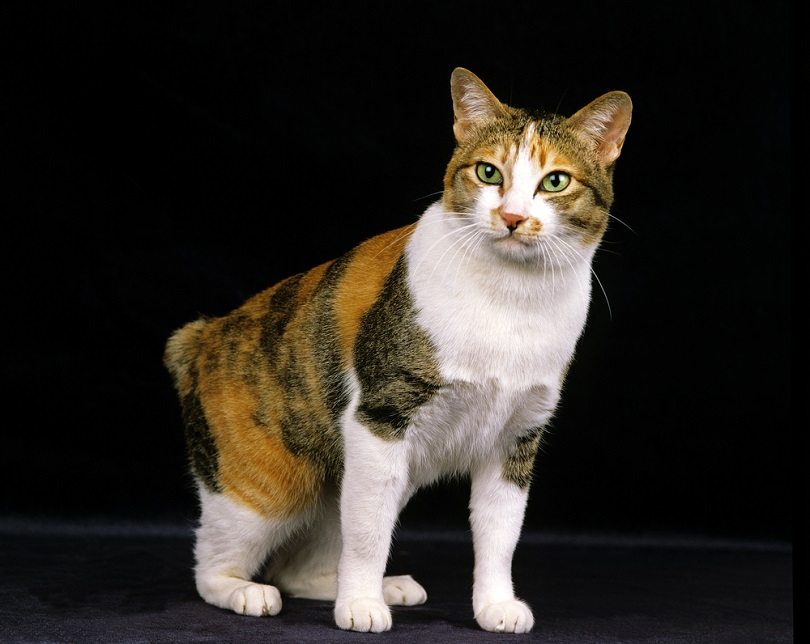
Lifespan:
9-15 years
Coat length:
Both long and short
Temperament:
Affectionate, bold, social
Health Issues:
Spinal problems
In their ancient place of origin, Japan, these cats have featured in folklore and other traditional forms of art as integral members of the family setup. Other than the predominant white-colored Japanese Bobtails, they exist in almost any other color.
This friendly and intelligent breed has a curled tail that looks more like a rabbit’s tail than a cat’s. The prevalence of spinal disease in the Japanese Bobtail is not as well known as that of the Manx, but there is evidence that the stumpy tail mutation may also cause spinal issues for these felines. However, they are active and enjoy taking part in family fun times. You will always find them playing with their favorite toy or even in water. They can sometimes come out as headstrong, though.
6. Abyssinian
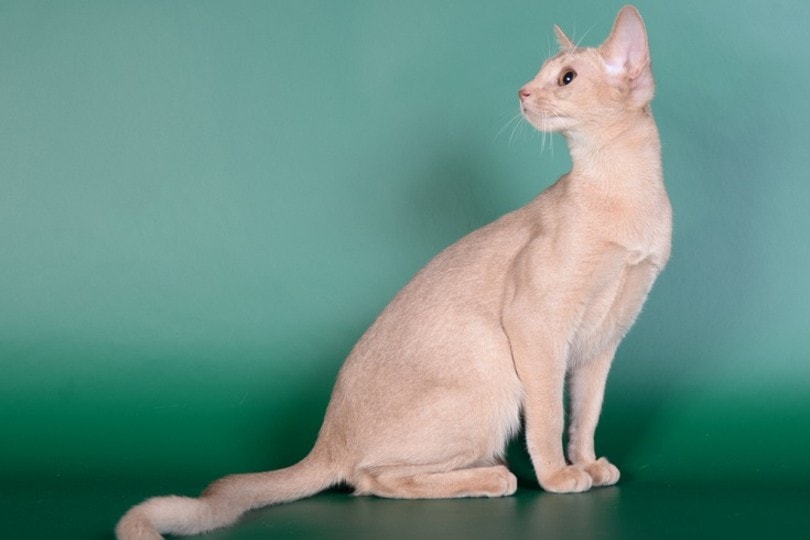
Lifespan:
9-15 years
Coat length:
Short
Temperament:
Social
Health Issues:
Pyruvate kinase deficiency, amyloidosis, progressive retinal atrophy (PRA)
This cat has a distinct “ticked” coat, originally from Abyssinia, present-day Ethiopia. It is considered one of the oldest cat breeds, and it is quite affectionate, intelligent, and active.
If you are looking for a cat that will live life to the fullest, the Abyssinian will supersede your expectations. They can run faster, jump higher, and climb further than many other breeds.
7. Devon Rex
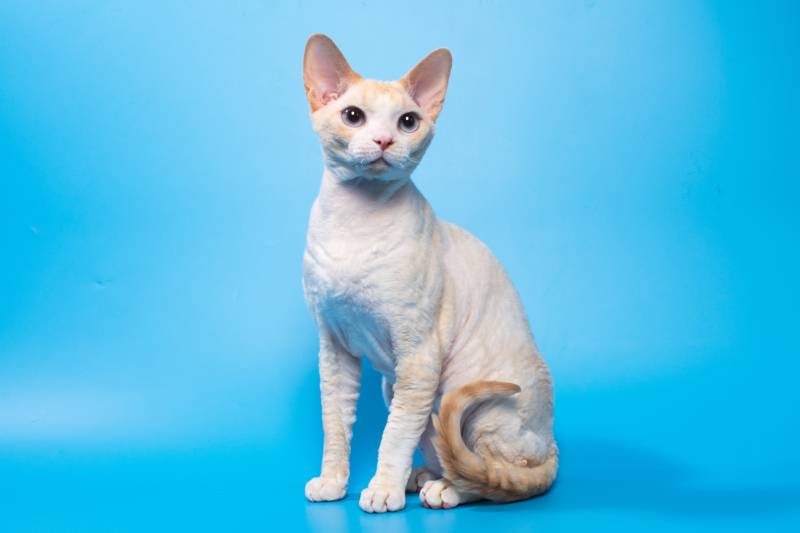
Lifespan:
9-15 years
Coat length:
Short
Temperament:
Bold, neurotic, affectionate
Health Issues:
HCM, hereditary myopathy, polycystic kidney disease, coagulopathy (clotting disorder)
This feline is distinctive from other cats, thanks to its bat-like oversized ears and sassiness. Expect to turn some heads during those walks and park visits since some people say it has an alien look. They are active, playful, and sometimes mischievous.
For pet lovers who can’t decide whether to get a cat or a dog, this feline has a dog-like personality and can single out their most favorite member of the family to always hang around. They are observant, explaining why they constantly climb high places. Don’t be surprised if it perches on your shoulder to communicate. A Devon Rex will not mind finding comfort at the edge of your bed. The people who still say dogs are the most loyal pets have probably not met a Devon Rex.
8. Oriental
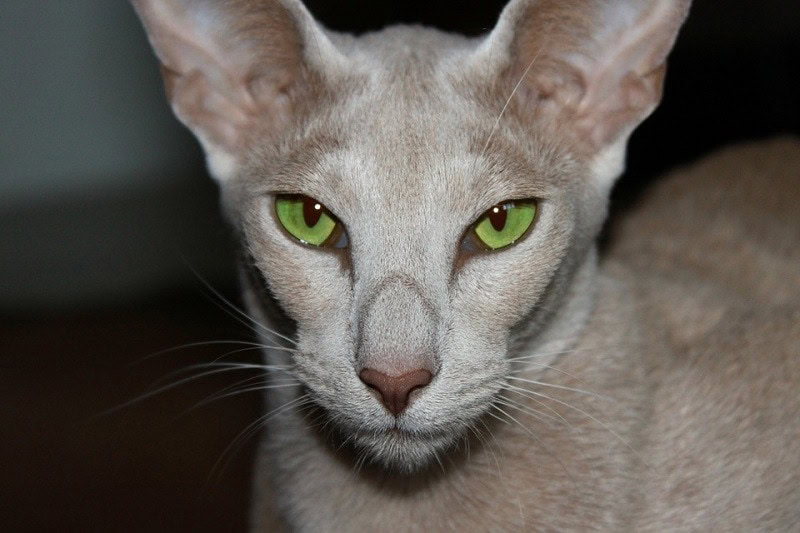
Lifespan:
10-15 years
Coat length:
Both long and short
Temperament:
Loving
Health Issues:
Asthma and bronchitis, amyloidosis, dilated cardiomyopathy (DCM), diabetes
This Oriental is one of the most affectionate and vibrant of the cat family. It appears among the most popular breeds, with more than 600 strands of coat color, patterns, and length.
9. Russian Blue
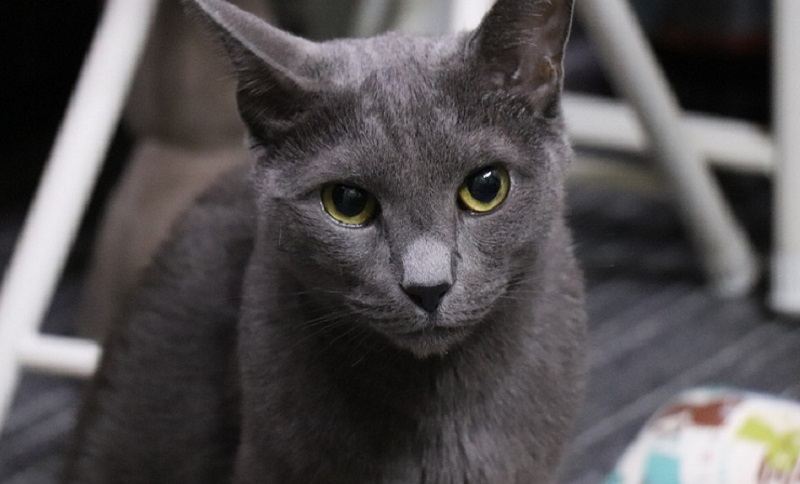
Lifespan:
10-15 years
Coat length:
Short
Temperament:
Affectionate, shy, neurotic
Health Issues:
Diabetes, polycystic kidney disease, HCM
You’d mistakenly pass off a Russian Blue for being shy, while in reality, it is a more laid-back and quiet cat. Its name comes from its silver-blue and strikingly sparkly coat. Once it familiarizes itself with the environment, it will thrive and reveal its immense abilities.
Though it comes off as conservative, it still is very affectionate and graceful. A Russian Blue will always be curled up next to you on the couch. Also, it doesn’t shed much, so you won’t have to vacuum daily.
10. Exotic Shorthair
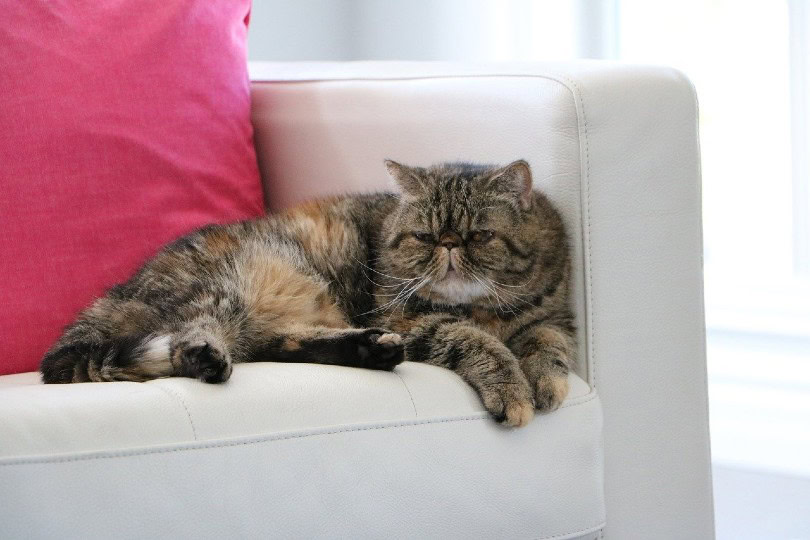
Lifespan:
8-15 years
Coat length:
Short and long
Temperament:
Social, affectionate, quiet
Health Issues:
HCM, polycystic kidney disease, respiratory problems, and brachycephalic obstructive airway syndrome (BOAS)
If your home or neighborhood is usually noisy, this cat can never be bothered. It’s no wonder it has the nickname “lazy man’s Persian.” It is the Persian’s twin, save for its short hair. The cat is generally laid back and a master of “minding its own business.”
11. Selkirk Rex
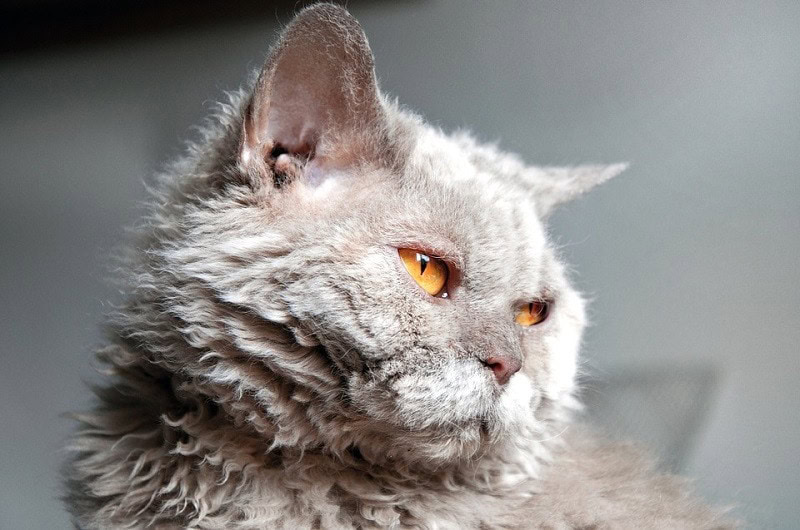
Lifespan:
10-14 years
Coat length:
Short and long
Temperament:
Affectionate, social
Health Issues:
HCM, polycystic kidney disease, respiratory problems, and brachycephalic obstructive airway syndrome (BOAS)
Some cat lovers prefer thick-coated ones. The Selkirk Rex is so woolly that it has been nicknamed “a cat in sheep’s clothing.” It is the largest of the Rex cats and equally curly-coated and soft. Its physical attributes illuminate its personality, as no other cat could be more tolerant, cuddly, affectionate, and sweet.
12. Havana Brown
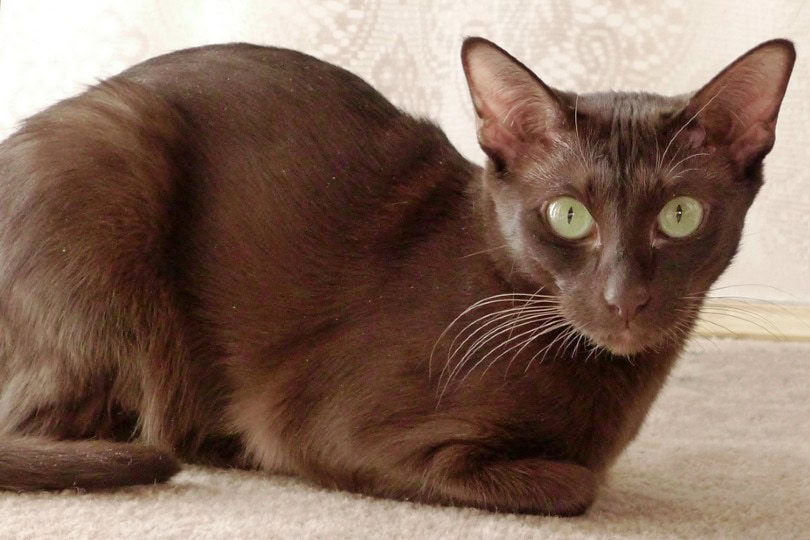
Lifespan:
9-15 years
Coat length:
Short
Temperament:
Affectionate, social
Health Issues:
No major breed-specific diseases
The Havana Brown is playful, friendly, and outgoing. One minute it’ll be sprinting all over the place, and the next it will be tacked comfortably in a deep sleep. If you could describe it based on its attributes, they’d be affectionate and mischievous.
13. Persian
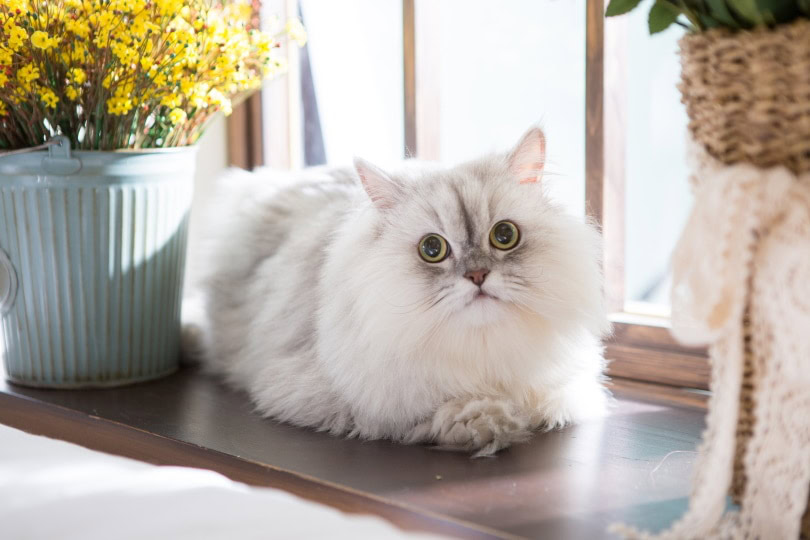
Lifespan:
10-15 years
Coat length:
Long
Temperament:
Affectionate, social
Health Issues:
Polycystic kidney disease, respiratory disease, BOAS
The Persian breed is sweet and affectionate. Its most defining physical attribute is the tremendously thick, voluminous coat. The pansy-faced cat always looks bewildered because of its seemingly drooping cheeks to the sides.
14. Burmese
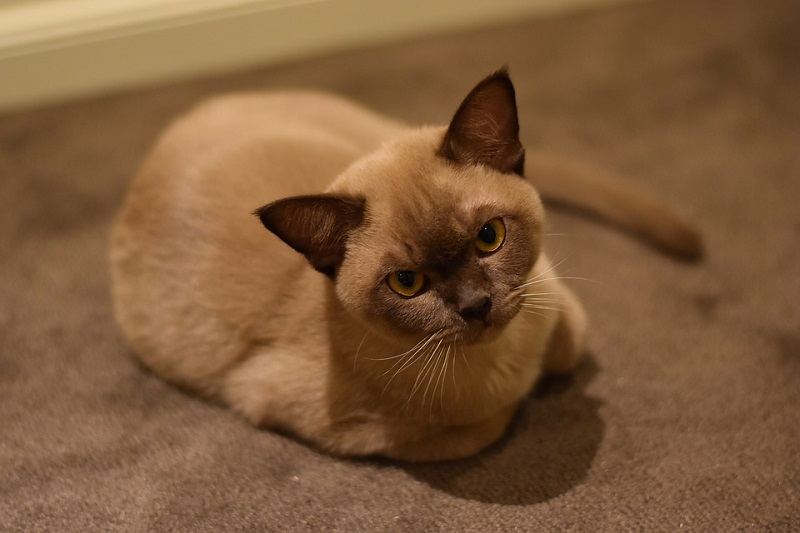
Lifespan:
10-15 years
Coat length:
Short
Temperament:
Sociable, affectionate
Health Issues:
Diabetes, feline orofacial syndrome (FOPS), Burmese hypokalemia
The Burmese is muscular and affectionate. They are originally from Burma. They will constantly find comfort in your laps and love being stroked gently. Their wide, captivating eyes also make them so adorable.
15. Sokoke
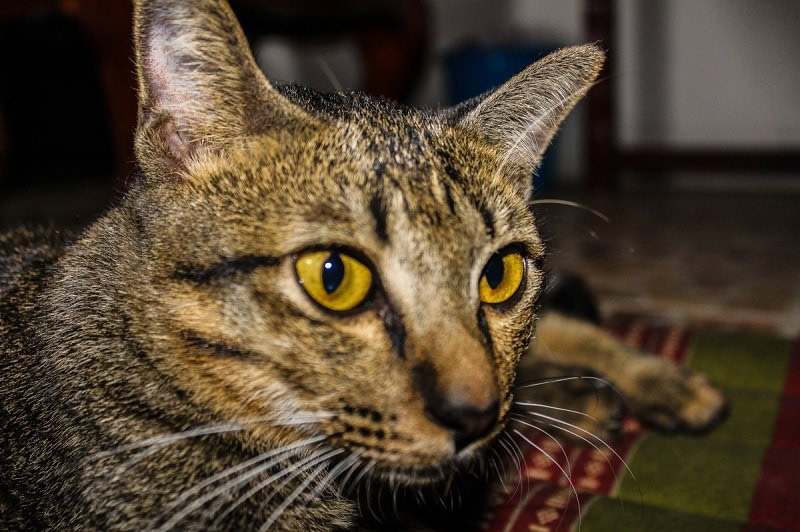
Lifespan:
9-15 years
Coat length:
Short
Temperament:
Affectionate
Health Issues:
No major breed-specific diseases
One of the “natural” cat breeds, the Sokoke was first obtained in Kenya’s Arabuko Sokoke National Forest, hence the name. They are lean with longer back legs and shorter front ones, making them resemble wildcats. These long-eared felines are active and also like climbing surfaces. They are equally affectionate and develop tight bonds with their owners.
Other Factors That Determine a Cat’s Lifespan
1. Indoor vs. Outdoor Cats
Did you know that an outdoor lifestyle significantly increases feline mortality rate? Exposure to trauma, toxins, predation, infection, and fighting seriously reduces life expectancy for free-roaming kitties. Interestingly, while places like the US, Canada, and Australia strongly encourage owners to keep their cats inside, other countries, including the UK, tend to prefer their cats to spend most of their time outdoors. This is largely linked to the history of cats in the respective countries, as well as the types of diseases and predators they might encounter outside.
If you are worried about your indoor cat’s physical fitness, there are lots of ways to keep them active. Get them some toys and a cat tree, and introduce the leash. It’s not unusual for cats that live indoors to reach ages of 20 years or more, while cats that spend most of their lives in the great outdoors may be lucky to reach 10.
2. Nutrition
Since cats are obligate carnivores, their main diet is meat. This is a major area of consideration when feeding them. With the plenty of options of meaty foods available, you need to be careful not to over-indulge them. For example, adults or old cats need more protein and minimal or no carbohydrates in their diet. Also, ensure their meals contain essential amino acids and vital vitamins.
3. Health
Other than proper feeding, parasites and disease also send cats to early graves. Some illnesses may be long-term and eventually compromise the cat’s health. Before taking a cat home, inquire about its genetics and organ functions. Also, have timely medical check-ups even when your cat seems okay.

Conclusion
The feline lifespan is determined by many factors, including lifestyle, diet, healthcare, and genetics, with certain breeds having a lower-than-average life expectancy. However, these figures are based on statistics, and every individual is different. While some cats may have severe heart problems and die quite young, a more robust individual may live for 20 years or more!
You can increase and improve the quality of their lives by feeding them nutritious diets, keeping them away from dangerous situations, and taking them for timely health check-ups. Even though people say cats have nine lives, they will eventually succumb if their vital needs are not met. The best we can do as pet parents is to love, protect, and provide for them for as long as we are lucky to share their lives.
Featured Image Credit: cognomine, Pixabay
